Hospital Ship
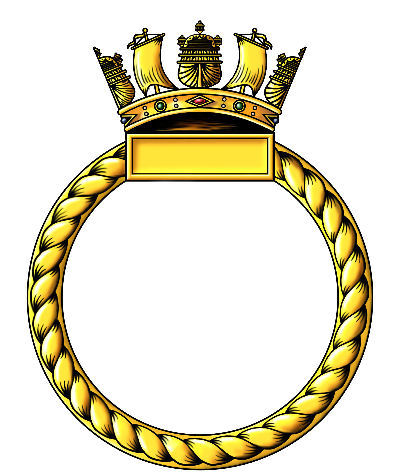
No badge issued for this vessel
Battle Honours
None
Specifications
Builder: Cantiere San Rocco S. A. Shipyard , Italy
Displacement: 8,052 Gross tons
Length: 429.8 ft
Beam: 60.7 ft
Draught: 24 ft 6in
Propulsion: 2 x SR -Trieste Technical Establishment turbines powered by 5 boilers with 15 furnaces, two propellers, 4.300 Hp
Speed: 14 Knots
Armament: None
Crew complement: Unknown
Commanding Officers
Captain A. M. C. Black
Senior Medical Officer
Surg. Captain R. W. Higgins, OBE, MB, BCH February 1945
Related items
None
Reminiscences
None
Gallery
None
H.M.H.S. GERUSALEMME
Read aloud
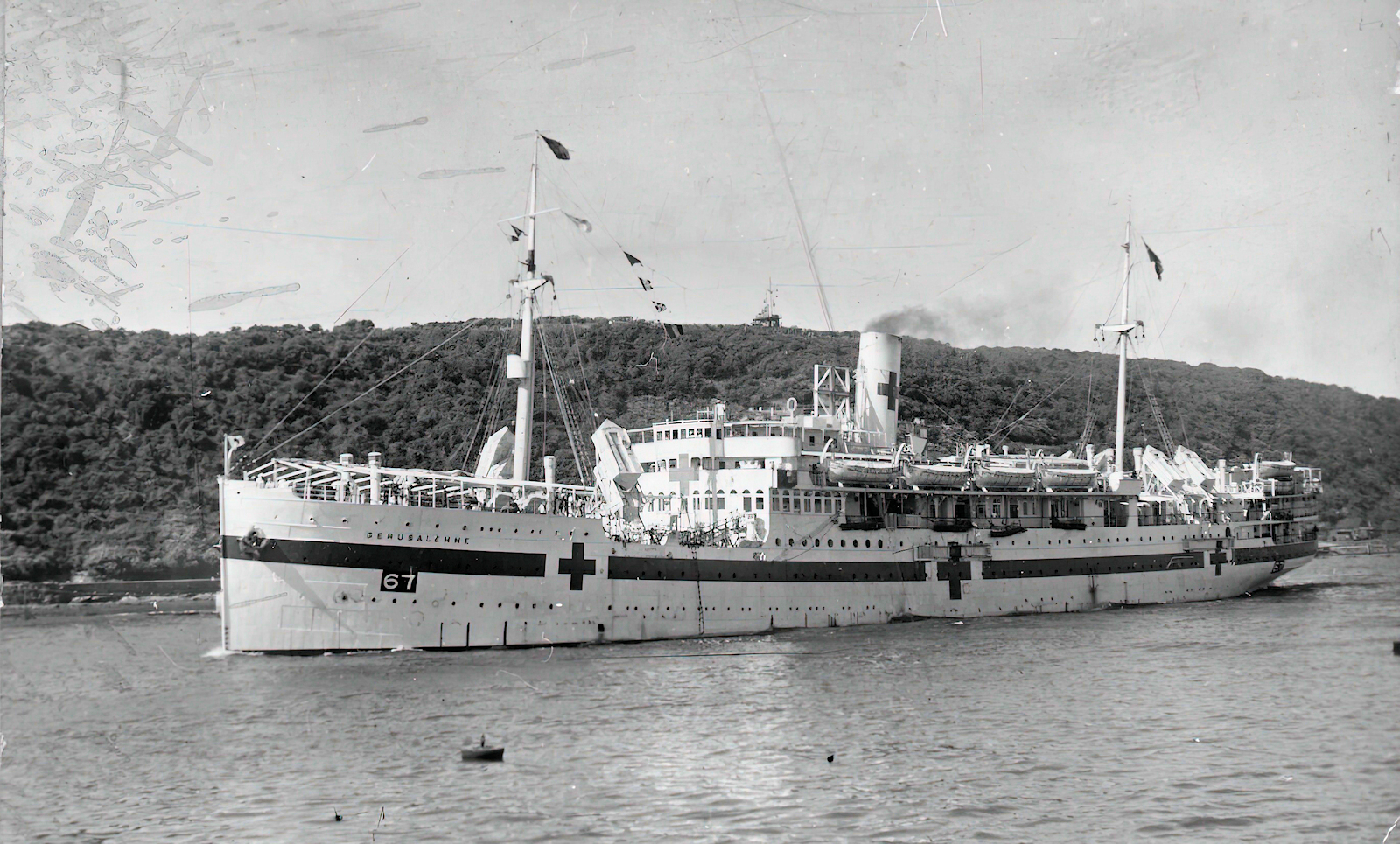
GERUSALEMME on completion of her conversion into Hospital Ship No.67
Early history
Originally an 8,052grt cargo/passenger liner ordered from the Cantiere San Rocco S. A. Shipyard for the Lloyd Triestino line. Her keel was laid down on April 18th 1914 and she was launched on October 9th 1915 and delivered on November 13th 1920 as CRACOVIA. On March 14th 1934 she was renamed GERUSALEMME. She was initially operated on the India and Far East line, but from 1934 she began to operate between Europe and Palestine. In 1937 it was transferred to the fleet of Adriatica di Navigazione (based in Venice).
On June 9th 1940, the day before Italy entered into the war the GERUSALEMME was operating on a line that ran along the coasts of East Africa and was in port at Durban, South Africa. In an attempt to avoid being blockaded her Captain sailed from Durban and made for the neutral port of Lourenco Marques in Portuguese East Africa. She was chased by planes of the South African Air Force, but the
GERUSALEMME ran close to shore and flooded the forward tanks, making it appear that she was aground. After the planes gave up the chase the Italians pumped the water out of the tanks, and the
GERUSALEMME took refuge in the harbour at Lourenco Marques. The vessel remained there for four years.
Requisitioned by the British and conversion into a Hospital Ship
When Italy was in danger of de-feat the Royalist and Fascist members of the crew attempted to scuttle the ship but the Portuguese intervened and the crew were taken ashore. Italy capitulated to the Allies on September 3rd 1943. The vessel was handed over to the British Consul on March 23rd 1944 and was taken over by the Ministry of War Transport in April, 1944, and a skeleton crew was sent to Lourenco Marques to take the ship to Durban, where she was converted to a hospital ship. She sailed from Lourenco Marques on April 14th and arrived art Durban on the 17th.
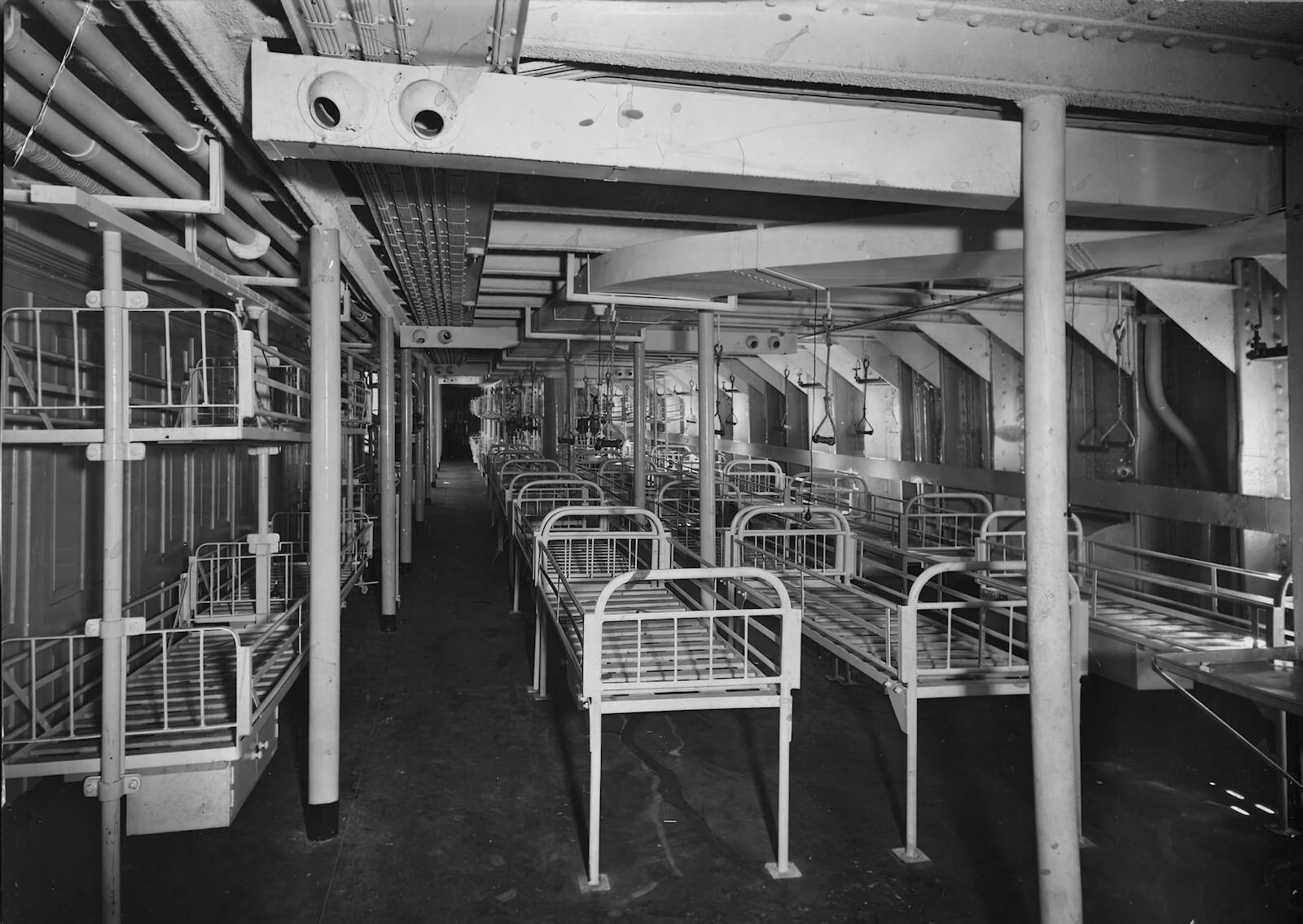
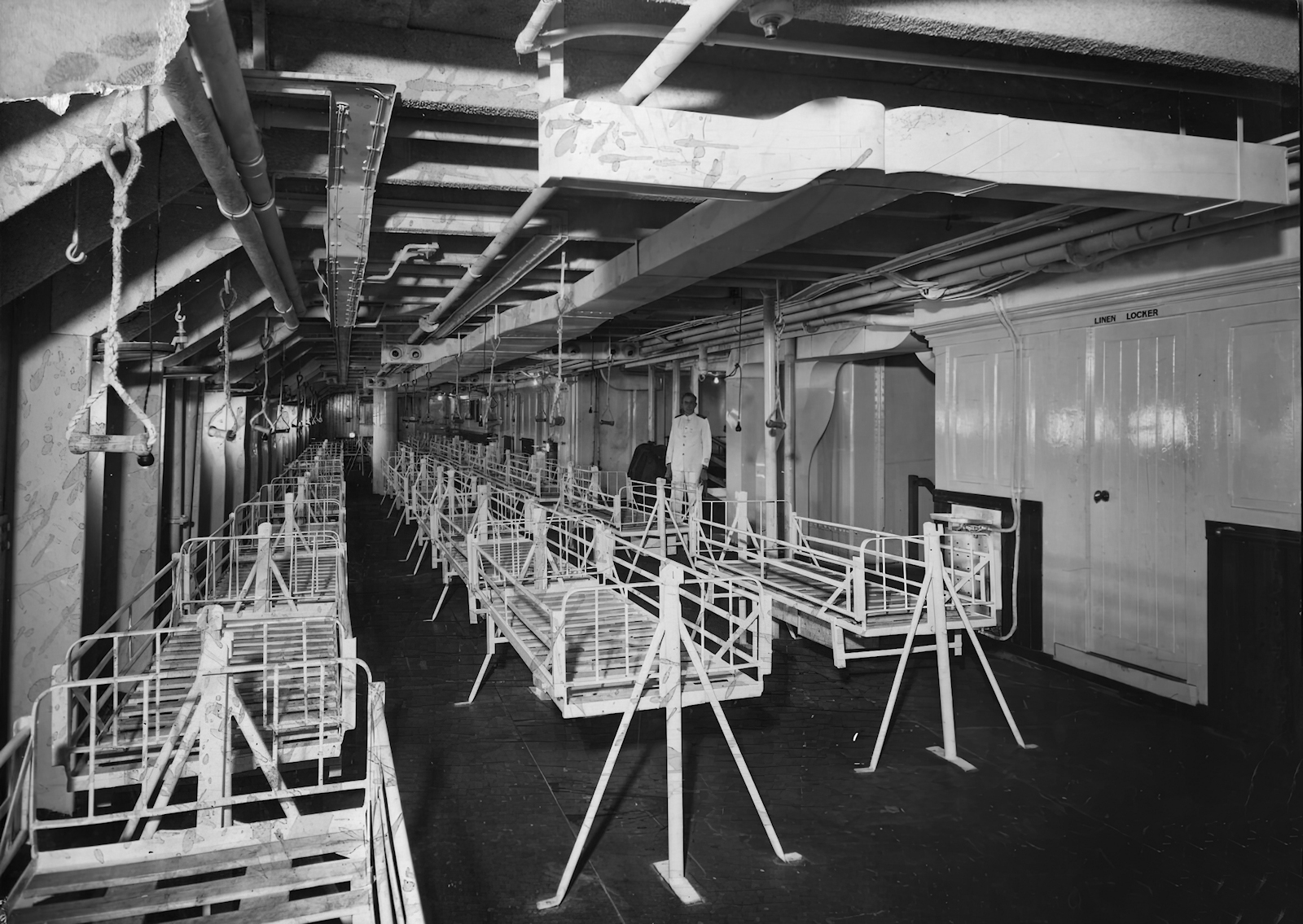
C. 1945 conversion into a Hospital Ship at Durban. Above left & right: Views of the wards created by repurposing the passenger decks. Item3 P1892_05 & P1892_06. Below left: A compartment converted for use as an operating theatre, and an ornate space used as a dining room. Item3 P1892_04 & P1892_0.Z2. All images from atom.drisa.co.za
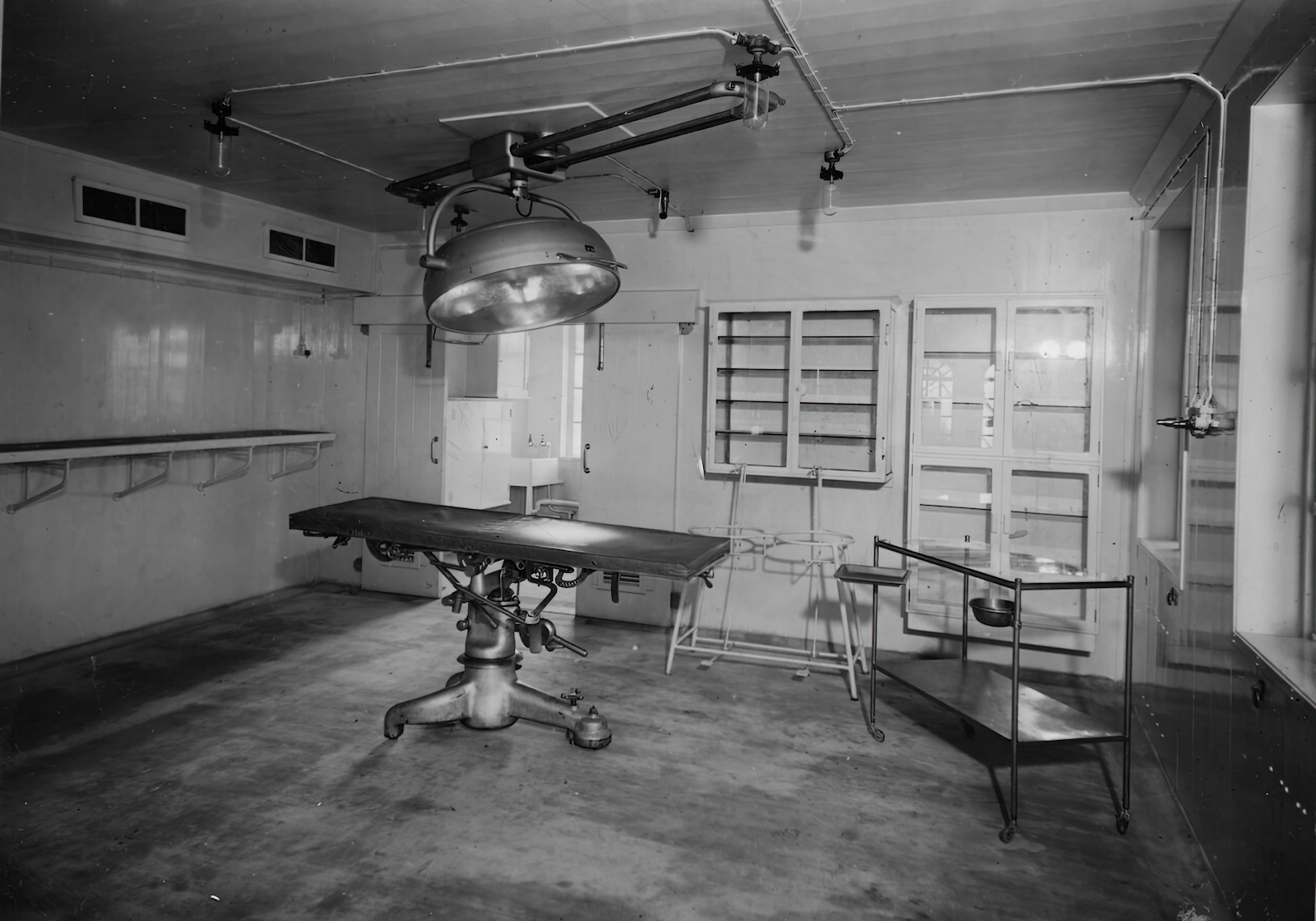
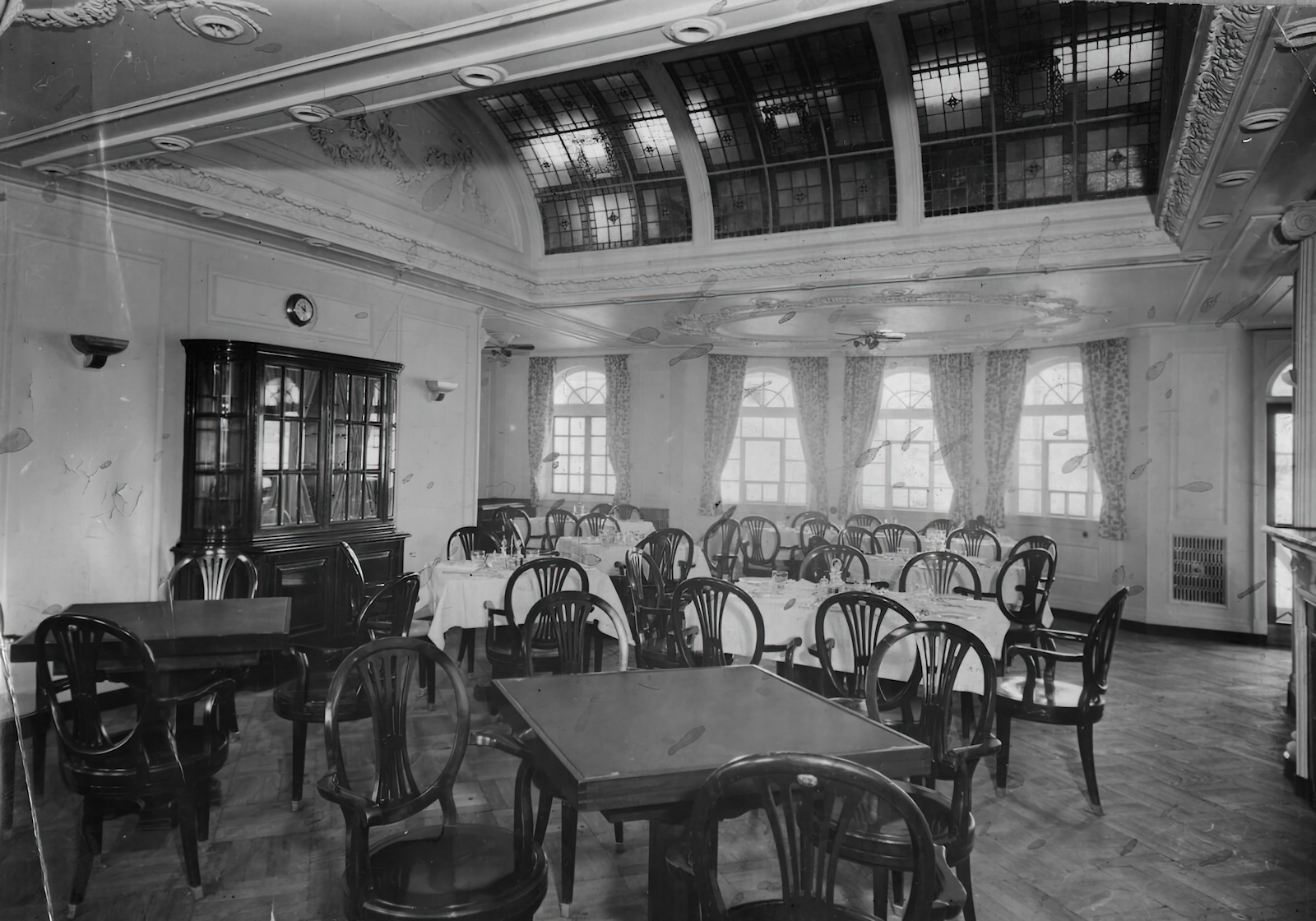
It is not clear what work was carried out on GERUSALEMME upon her arrival at the Dockyard, she was to spend a year in Durban before sailing for active duty. It is probable that she required a lot of repair and refit work after being laid up for so long before the conversion work was undertaken. Her merchant navy crew and medical staff did not arrive on board until February 1945. While operated by the Minis-try of War Transport GERUSALEMME was managed by the Union Castle Line and one of their seasoned officers, Captain A. M. C. Black was appointed as ships master, she was also crewed by Union-Castle officers and Lascar crewmen. The Medical Officer-in-Charge Surg. Captain R. W. Higgins, OBE, MB, BCH arrived on the 14th. Work included creating spaces for use as an operating theatre, X-Ray room, a dispensary and additional toilet and washing areas and accommodations for the small female contingent.
On completion of her conversion GERUSALEMME was commissioned as Hospital Ship No. 67, she was outfitted for 400 patents, cared for by 8 Doctors and 7 QARNNS Sisters; there were no nurses on board, all wards were staffed by male Sick Berth attendants.
Allocated for service with the British Pacific Fleet
Hospital Ship No. 67 sailed from Durban on April 16th 1945 for Australia, she called at Mauritius on the 22nd before crossing the Indian Ocean to arrive at Fremantle, Western Australia on May 9th. She sailed the same day for Albany, 260 mi les down the coast to the southeast, arriving there on the 11th. She spent two weeks in port under repair. She sailed fro Melbourne on the 27th, arriving there on June 1st for further repairs.
While at Melbourne Australian dockyard workers completed fitting out of the operating theatre, dental surgery, X-ray room and dispensary. While the hospital was being completed and stocked with medical supplies and equipment the Australian Red Cross came aboard to address the needs of the patients and crew amenities; GERUSALEMME had not been outfitted by the British Red Cross so their Australian counterparts took the initiative and undertook the supply of recreation equipment. Each of the larger wards had their own common room attached where those patients not confined to their cots could congregate, supplies of armchairs and tables, 400 library books, games of chess, playing cards, and darts, radios, sheet music, and 100 phonograph records were embarked. Quilts and curtains were provided for the smaller wards, and for the lads who must remain in their bunks, aircushions and backrests, trays, basins, and other papiermache articles, have been provided. Fifty folding chairs for the use of men who can make the deck, for whom there is a large stock of sandals, shorts, shirts, and pullovers and knitted rugs. The Red Cross also donated sporting equipment for the use of the crew when on leave, including complete outfits for cricket, football, hockey, tablet tennis, and deck tennis. Handcraft instructors gave tuition to the nursing staff, and also supplied equipment, including six looms and several boards, on which rugs can be made by bed patients.
Operations with the British Pacific Fleet
Her outfitting completed GERUSALEMME sailed on July 11th bound for Sydney where she arrive on the 13th. After taking on more stores she sailed for the Admiralty Islands on July 18th to join the Fleet Train of the British Pacific Fleet. She arrived at Manus on July26th.
At some point after her arrival \t Manus a fire broke out on board; damage was serious enough to require the services of the shipwrights and engineers from the Heavy Repair Ship ARTIFEX, no details of the incident are known. Known. Once repaired she appears to have remained at Manus as a base hospital ship until after the Japanese surrender on August 15th.
On September 2nd GERUSALEMME sailed from Manus for Hong Kong, arriving there on the 12th. She was ordered to participate in the repatriation of allied Prisoners of War and Internees from the Chinese island of Hainan, arriving three on the17th. About 700 Prisoners of War and Internees, including Indians, British, and Dutch, were evacuated by the Landing Ship Infantry GLENEARN and GERUSALEMME assisted by the Destroyers KEMPENFELT, QUEENBOROUGH, and WHIRLWIND. One all those requiring hospital treatment had been embarked GERUSALEMME sailed for Manila on September 18th, there the patients were to be transferred to the hospital ship MAUNGANUI for immediate passage to Australia. The GERUSALEMME had a number of engine breakdowns during the voyage and made slow progress. When 40 miles from Manila GERUSALEMME received a signal ordering her to return to Hong Kong. The signal was not passed to the Manila port authorities and she was listed as overdue and an intensive search was mounted to locate her while she was already back in Hong Kong having arrived back on the 19th.
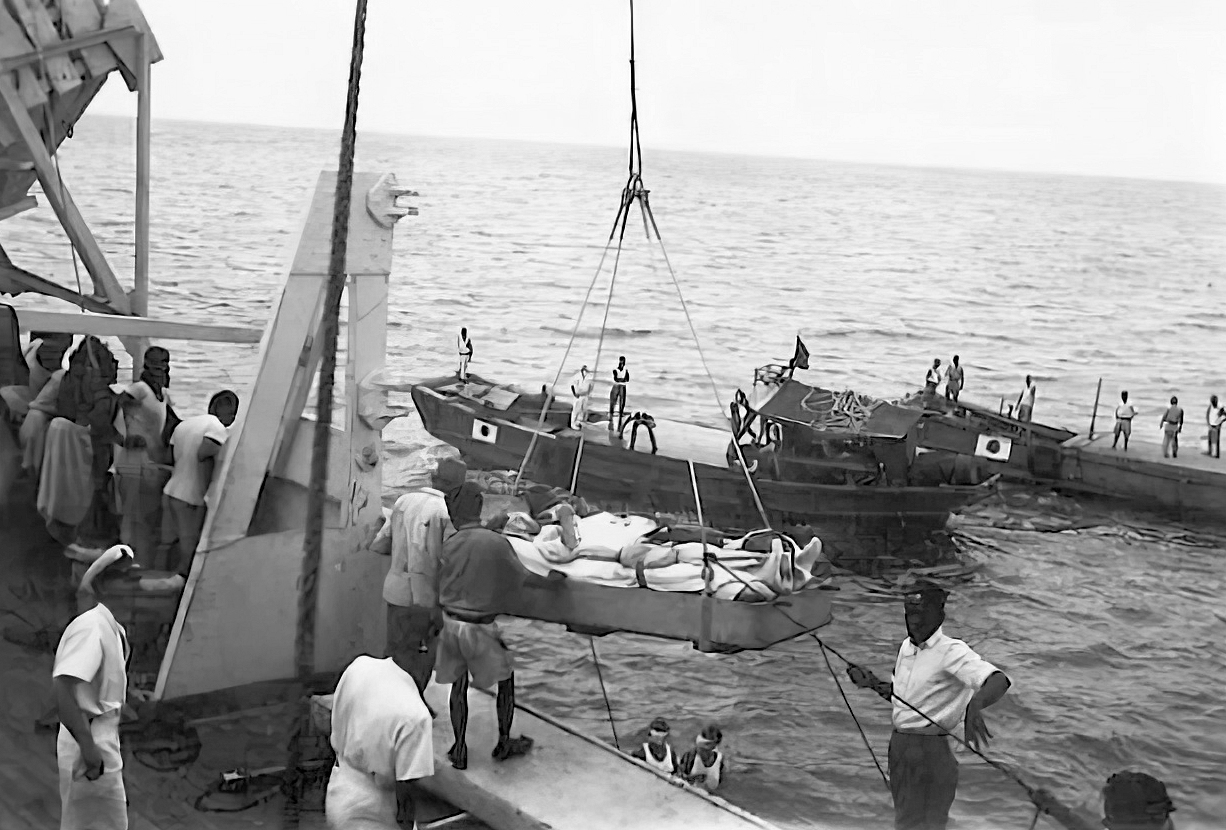
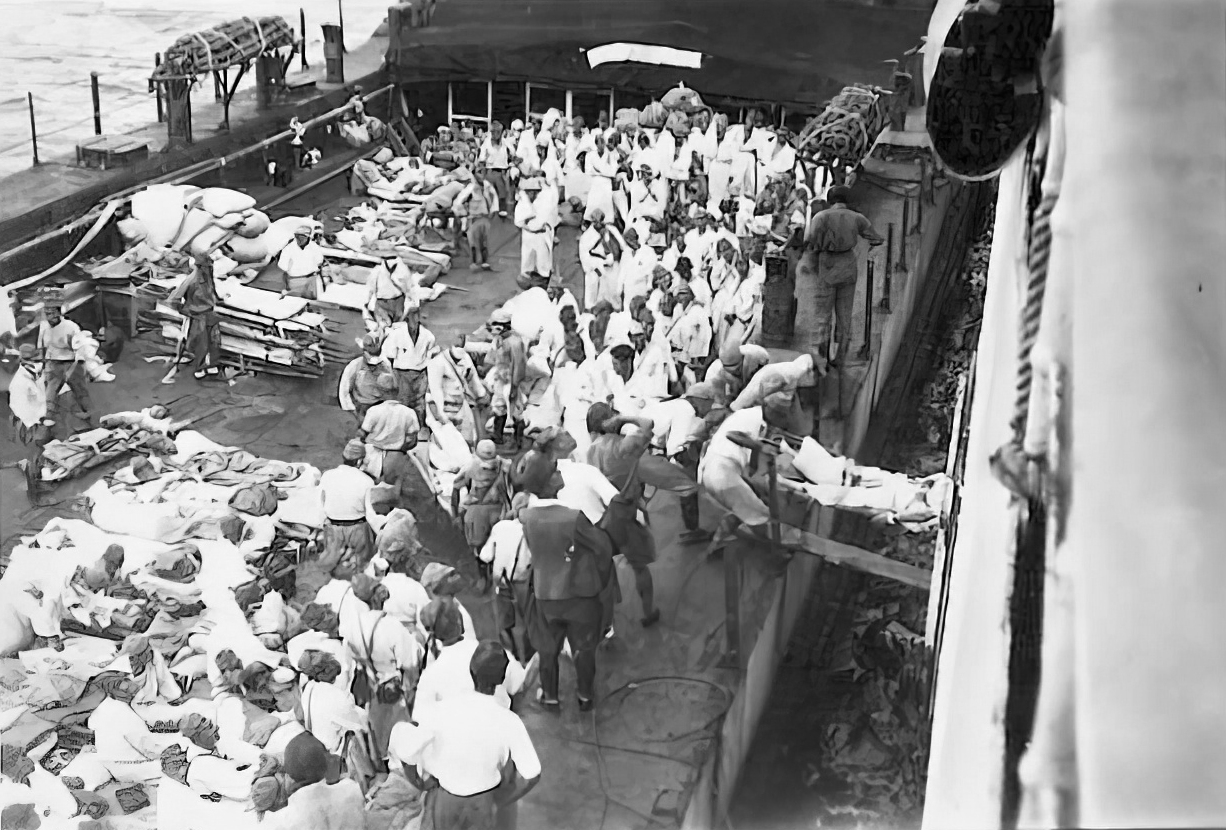
POWs and internees from Hainan island are taken aborad GERUSALEMME
The origin of the order to return to Hong Kong is still a mystery; as a result of it GERUSALEMME was anchored in Hong Kong with 139 patients, including 100 walking sick and seriously ill stretcher cases, 56 were Australian POWs including 13 stretcher cases. GERUSALEMME was to remain at Hong Kong as the Base Hospital Ship so arrangements were made for 46 Australian POWs, fit enough to be transferred, to embark in the escort carrier STRIKER for passage to Australia later in the month; and a further 9 Australian POWs were transferred to the escort carrier SLINGER for passage to Australia via Manila in October.
She was released from her duty in Hoping Kong in mid-November and Sailed on November 18th for Fremantle. On-board she carried 186 passengers mostly rescued internees from Shanghai. She arrived at Fremantle on December 2nd but could not discharge her passengers because no immediate transport arrangements could be made to take them to their final destinations, only a few of them landed at Fremantle; 5 were for Adelaide, 35 for Melbourne, 10 for Brisbane, one for Tasmania, 115 for Sydney and 15 for New Zealand and there was no accommodation available ashore. On entering the port she secured alongside North Wharf on the 8th where GERUSALEMME suffered a second fire on board. At 20:25 two 44-gallon drums of petrol caught fire on the forward deck, flames shot up bridge high but the crew and local fire brigade crews tackled the blaze which was soon under control, and was out by 20.50. No-one was injured and damage to the ship was superficial. GERUSALEMME remained alongside at North Wharf until December 22nd under repair. 150 of her passengers were taken off on the 19th and transferred to the newly arrived Cruiser BERWICK for onward passage.
Base Hospital Ship Singapore
After three weeks in Fremantle, the now empty and fully restocked GERUSALEMME sailed on December 23rd for Singapore to assume the role of Base Hospital Ship, arriving there on January 2nd 1946.
While at Singapore she was docked in Admiralty Floating Dock No.9 for work to be carried out on her hull. She remained as the Base ship until late May 1946 before sailing for a round trip to several Far East ports; salad for Japan on May 28th, calling at Otake, Hiroshima on June 5th and arrived at Kure , the Headquarters of the British Commonwealth Occupation Force ,on the 6th. She was to remain here for 10 days, sailing again on June 16th for Hong Kong arriving on the 21st before sailing for Saigon on the 23rd, arriving there on the 28th. She again on the 30th and arrived back at Singapore on July 2nd. She now sailed for Colombo, departing from Singapore on July 4th, arriving at Colombo on the 9th.

GERUSALEMME, Hospital Ship No.67
GERUSALEMME was now loaned to the French navy from July 15th 1946 when she sailed for Toulon via the Suez Canal, arriving on August 2nd, sailing to return to Colombo on the 11th arriving on September 1st and sailing the following day for Madras. Arriving at Madras on the 5th she was transferred back to the Admiralty and taken in hand by a Dockyard for a refit. She emerged from the Dockyard in Mid-November 1946 and sailed for Rangoon on the 17th and arrived there on the 22nd. Only 24 hours later she sailed to return to Madras, arriving on the 28th to undergo further repairs. She spend another month in Dockyard hands before sailing to return to Rangoon on December 28th 1946. She arr9ived at Rangoon on January 2nd 1947 and sailed on the 5th for Singapore, arriving on the 10th.
Leaving Singapore on the 11th GERUSALEMME was to make one final round trip voyage to Japan, sailing for Hong Kong, arriving on the 17th before continuing on to Kure arriving on January 28th. She remained at Kure for 2 weeks, sailing for Singapore via Hong Kong on February 12th, arriving on the 28th. It is believed that her medical staff were now disembarked to RN Barracks Sembawang, after 2 years of manning her as a Hospital Ship.
Derequisitioned and returned to her owners
On March 3rd 1947 GERUSALEMME sailed for Madras to be destored and prepared for return to her owners, arriving there on March 9th. She sailed on the 20th calling at Colombo on the 23rd, and Aden, on the 31st, she entered the Suez Canal on April 6th arriving at Port Said on the 7th,. From here she cross the Mediterranean to arrive in Venice on April 12th 1947 where she was officially handed over.
Lloyd Triestino initially before she was returned her to operate between Europe and Palestine leased GERUSALEMME to Italia di Navigazione to provide service on the Genoa-Buenos Aires line and then on the Genoa-Durban line, via Suez. In 1952, considered obsolete, the ship was delivered to the port of Savona, where she was scrapped commencing March 19th1952.

GERUSALEMME in civilian service
Last modified: 02 June 2023
Primary information sources
Additional sources:
BT 389-13-385 Ship's record card held by the UK National Archive
(1954) Surgeon Commander J. L. S. COULTER, D.S.C., R.N., ‘THE ROYAL NAVAL MEDICAL SERVICE’ London, Her Majesty's Stationery Office
Comments (0)